Exhibitor’s Stories
PLAY LIVES
IMAGE
Are images playthings? Seemingly so in Hong Kong: animated by images, from moving billboards on buses and trams to its famed neon lights, colouring its city fronts and thoroughfares, the city wants your eyes to play. Where does a plaything go from 2D? Hong Kong’s Image Play Lives stories see images beyond graphics as signs, objects, and time – from comics to illustration, playbooks to screens, stationery to character toys: from 2 to 3 to 4D. Images forge, project, reflect, disseminate, and promote Hongkongers’ vibrant culture and identity. Miroslav Šašek visually showcased This is Hong Kong in 1965, one of his most whimsical children’s travel books. Fifty-five years later its Chinese version muses “This was Hong Kong”. Where is Hong Kong? Certainly, it exists in images. As if documenting one’s home before its disappearance, Eric So’s 2003 Travel Master in HK joins image-viewing play with character play in a time-travel nostalgic play set. For Stella So that Hong Kong was disappearing by 2008, and her enthrallingly detailed visual account Powder City asserted its identity at a time of rapid change. Concurrently, Alien Cat began handcrafting stamps of Hong Kong’s objects, street fixtures, and transportation – a catalogue of things Hong Kong to stamp indelibly on paper and textiles for future’s sake. Fellow stamp maker DIYJason‘s prolific output documents Hong Kong’s tangible and intangible culture, then and now, visually archiving a worldview distinct to Hong Kong to stamp on our collective memory. Come 2020, Don Mak’s Once upon a Hong Kong rids any residual uncertainty, questioning the becoming of a city and its distinct culture in a bittersweet homage to Šašek, hence closing a visual historical ellipse.
These post-war, post-1997 stories are populated by characters unique to Hong Kong, with comic book characters jumping from 2 to 3D, enlivening our collective fears and fantasies. Among them, Wong Chak’s Old Master Q (“Lo Foo Tzi”), the goofy cathartic mediator of daily lives in an industrialising Hong Kong created in 1962, is now reified for posterity as a time-capsule robot by Awesome Toy. Wong Yuk Long’s 1970 triad punks Little Rogues (“Siu Lau Man”), and 1975 Dragon Tiger Gate (“Long Foo Mun”) bursting out of comic books in a multicolour psychedelic punch as tragi-gritty evil twins to Bruce Lee’s kung fu hero, were reproduced fifty years later in vinyl by Kaiju One.
Apart from paper 2D, digital screen also made the leap to vinyl, as seen in LeeeeeeToy‘s Leeeeeemoji series 1 and 2, a ménagerie of emoji figurines. In Benny Lau’s We Wish illustrated book, which tells us “once upon a page, there was a hole”, readers’ fingers inject life into images of friendly animals. UUendy Lau‘s Stone, Branch, and Leaf bring anodyne natural objects into storybooks, humanising our environment in a sweet animist statement. Much is owed to Japan’s graphic master Katsumi Komagata’s Play with Colors, Walk & Look, What Color? showing the way to see and play images. Pill & Pillow‘s Squiggle takes drawing by colours to another dimension, that of sound, with his interactive tablet app. The jump from picture to toy and back is complete with 4M’s KidzRobotix Doodling Robot, by delegating the task of making an image to the toy.
-
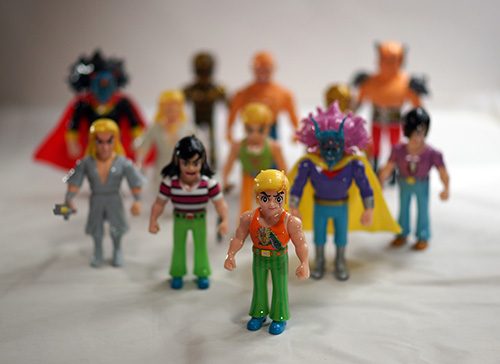
Dragon Tiger Gate – Nostalgia Style Soft Vinyl Figure Series
Dragon Tiger Gate - Nostalgia Style Soft Vinyl Figure Series
-
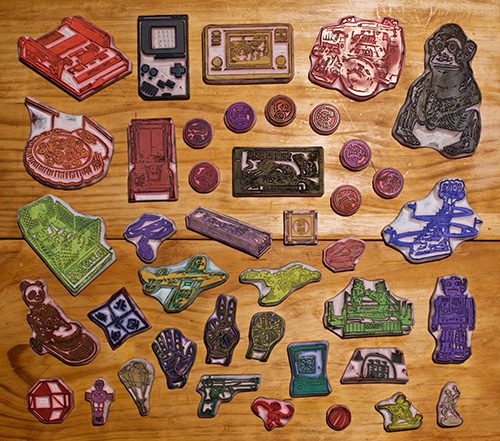
Handmade rubber stamps of past toys
Handmade rubber stamps of past toys
-
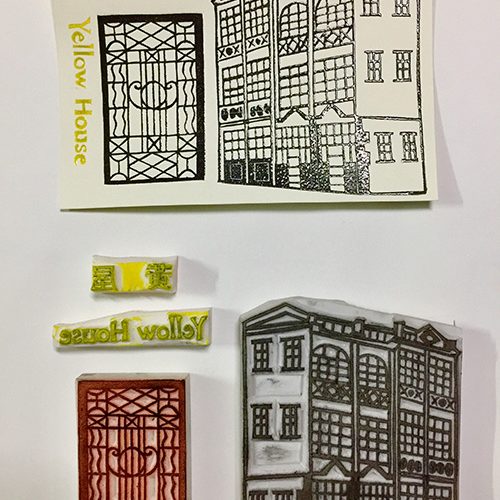
Handmade rubber stamps of old Hong Kong
Handmade rubber stamps of old Hong Kong
-
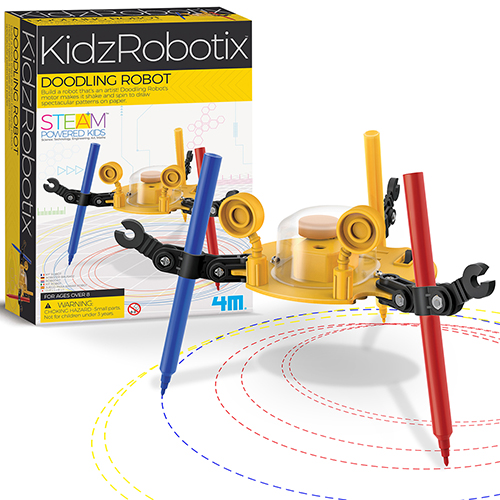
KidzRobotix Doodling Robot
KidzRobotix Doodling Robot
-
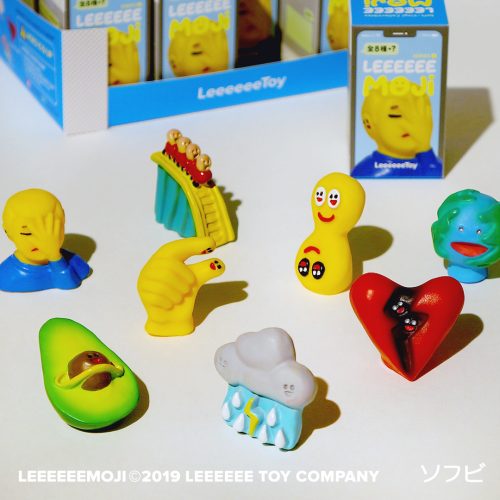
Leeeeeemoji series 1
Leeeeeemoji series 1
-
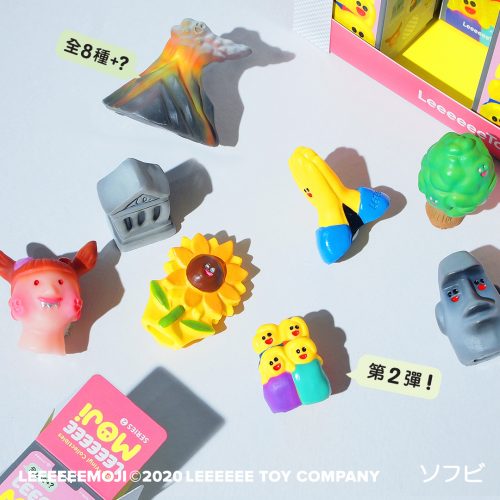
Leeeeeemoji series 2
Leeeeeemoji series 2
-
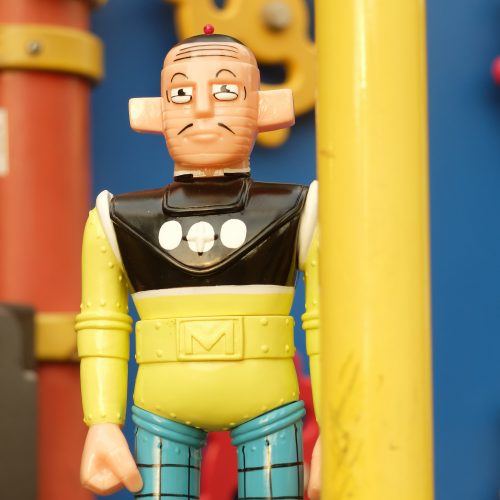
Master Q Baron
Master Q Baron
-
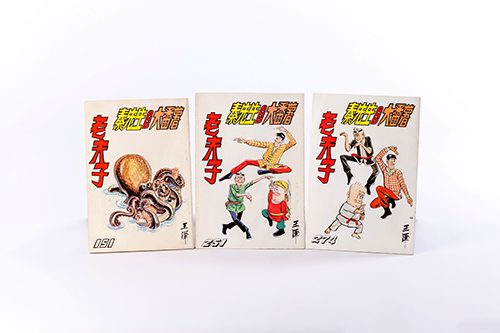
Old Master Q
Old Master Q
-
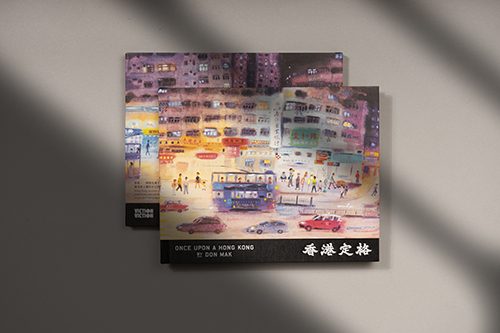
Once Upon a Hong Kong
Once Upon a Hong Kong
-
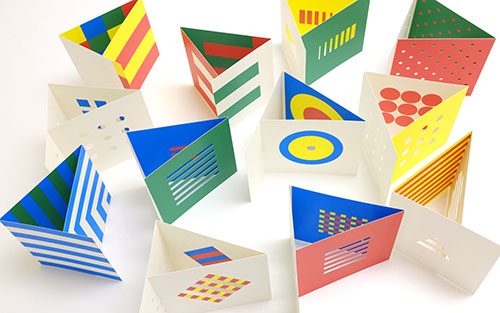
Play with Colors
Play with Colors
-
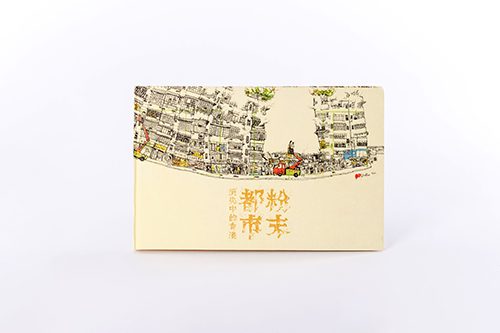
Powder City – Hong Kong in Disappearance
Powder City - Hong Kong in Disappearance
-
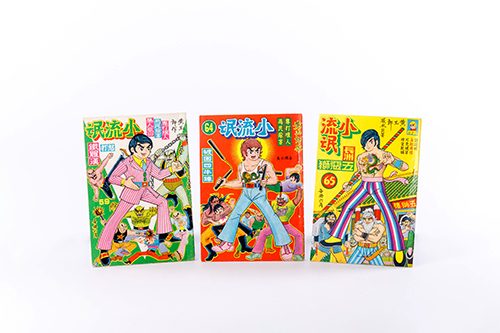
Little Rogues
Little Rogues
-

Squiggle
Squiggle
-
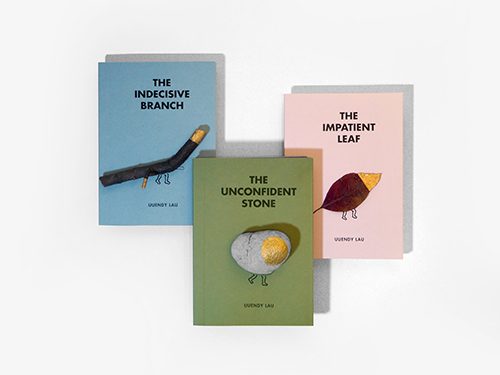
Stone, Branch & Leaf
Stone, Branch & Leaf
-
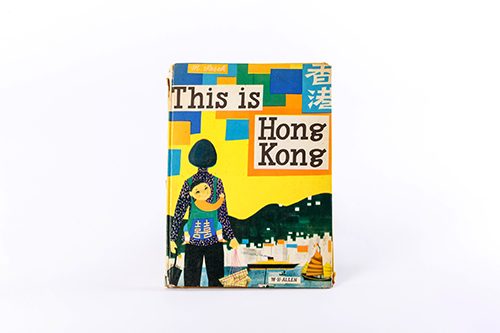
This is Hong Kong (English version)
This is Hong Kong (English version)
-
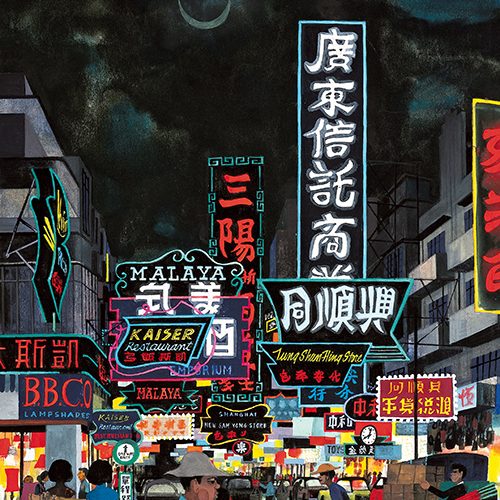
This is Hong Kong (Chinese version)
This is Hong Kong (Chinese version)
-
_04-500x500.jpg)
This is Hong Kong – puzzle
This is Hong Kong - puzzle
-
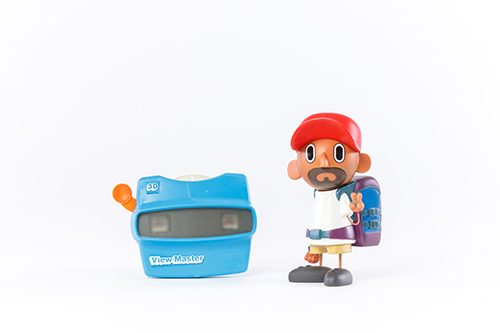
Travel Master In HK
Travel Master In HK
-
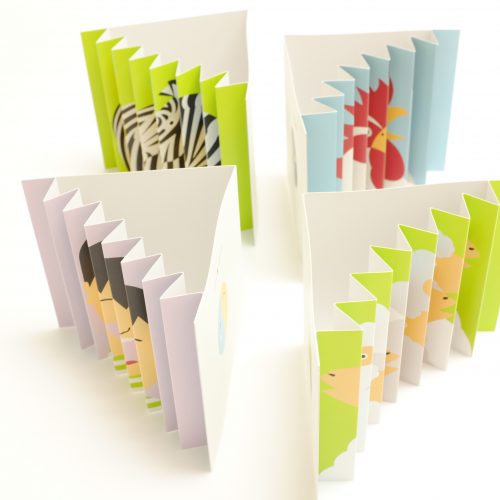
Walk & Look
Walk & Look
-
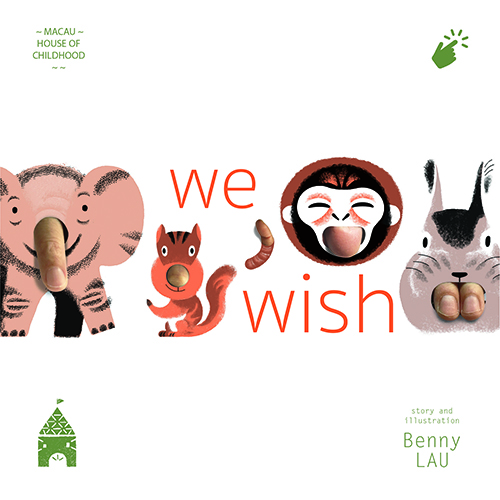
We Wish
We Wish
-
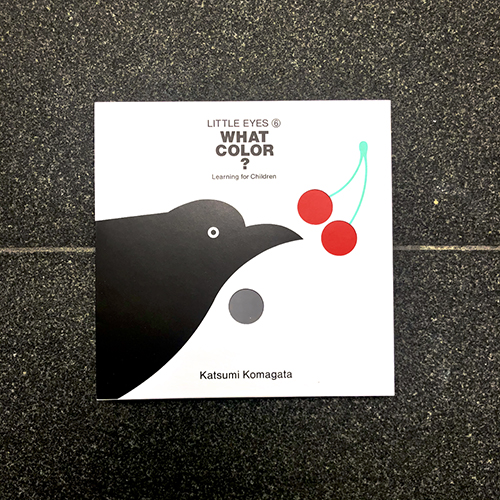
What Color?
What Color?
-
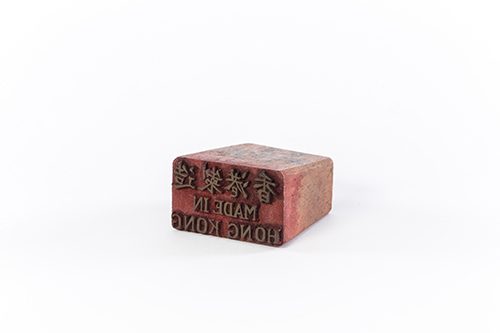
Wooden Stamp
Wooden Stamp